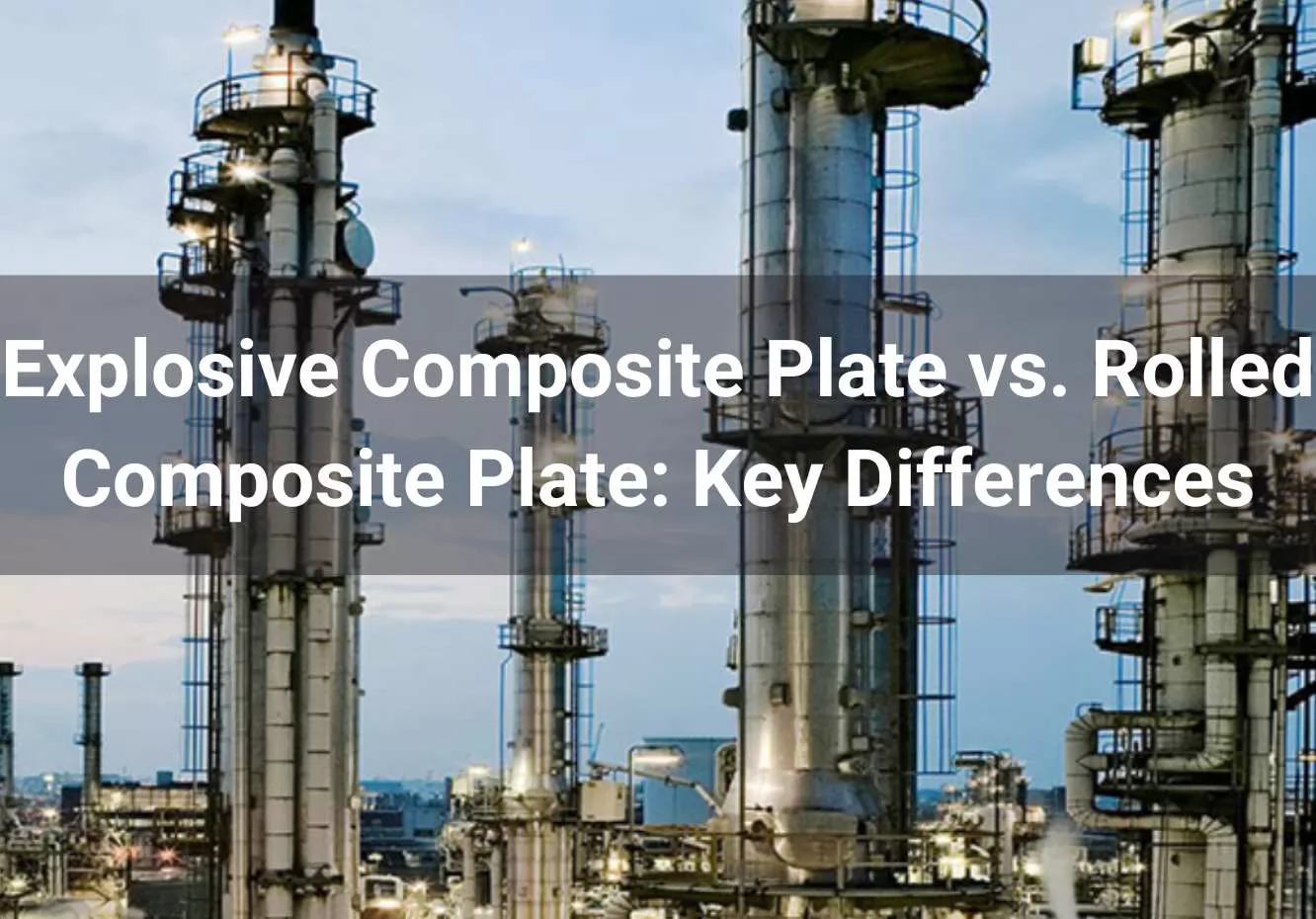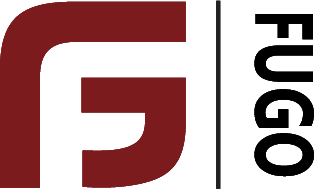

In the realm of industrial materials, clad plates represent a sophisticated solution to the diverse challenges faced across various sectors. These composite materials offer a unique combination of properties by bonding layers of different metals together. Two primary methods dominate the production of clad plates: explosive bonding and roll bonding.
Explosive bonding, also known as explosive clad plate manufacturing, is a highly specialized process that leverages controlled explosions to bond metals. Here’s how it works: two metal plates are placed in close proximity and subjected to a precisely engineered explosive charge. The force generated by the explosion propels the plates together at high velocities, causing the atoms at the interface to merge metallurgically.

This method is renowned for producing exceptionally strong bonds between metals that are otherwise difficult to weld or bond by conventional methods. It is particularly favored for creating thick clad layers and for joining dissimilar metals with vastly different properties. Industries ranging from aerospace to chemical processing rely on explosive clad plates for critical applications where reliability and performance under extreme conditions are paramount.
In contrast to explosive bonding, roll bonding is a mechanical process that involves passing metal plates through a pair of rollers under high pressure and temperature. This method is adept at producing thinner clad layers compared to explosive bonding. By exerting controlled pressure, roll bonding creates a metallurgical bond between the layers of metals, ensuring uniformity and integrity across the plate.
Rolled clad plates are valued for their cost-effectiveness, precise control over thickness, and suitability for applications where weight reduction is critical. Industries such as construction, shipbuilding, and manufacturing often employ rolled clad plates for their versatility and ability to tailor material properties to specific needs.
When deciding between explosive clad plates and rolled clad plates, several factors come into play:
· Bond Strength: Explosive bonding typically yields stronger bonds suitable for heavy-duty applications.
· Thickness :Explosion bonding is suitable for creating thicker clad layers, wheras roll boding is for thiner layers.In general, the thickness of rolling bonding is less than 50mm.
· Material Compatibility: Each method may have limitations in terms of the types of metals that can be effectively bonded.
· Cost and Efficiency: Roll bonding is generally more cost-effective for thinner layers, whereas explosive bonding may be preferred for thicker and more robust clad plates.
In the ever-evolving realm of industrial materials, clad plates provide a versatile and high-performance solution to meet the demands of diverse sectors. Whether through the raw power of explosive bonding or the precision of roll bonding, these processes enable the creation of composite materials that combine the best properties of dissimilar metals.
Choosing the right clad plate for your application is a critical decision influenced by factors such as bond strength, material compatibility, thickness requirements, and cost considerations. Explosive clad plates shine in heavy-duty, high-pressure environments where strength and durability are paramount, while rolled clad plates excel in lightweight, cost-sensitive applications requiring precise control over material properties.
As industries continue to innovate and demand materials that can withstand extreme conditions and meet stringent performance standards, clad plates remain at the forefront of technological advancements. By carefully evaluating your project’s needs and working with experienced manufacturers, you can harness the unparalleled benefits of clad metal plates to drive success in your industry.
Explore the future of materials engineering with clad plates—where strength meets adaptability, and performance knows no bounds.Contact us now!



Fugo Tech is focused on the manufacturing of clad metal plate and distributes the Stainless Steel, Titanium, Nickel Alloy, Zirconium and other non-ferrous metal pipes, fittings, flanges, and fasteners.